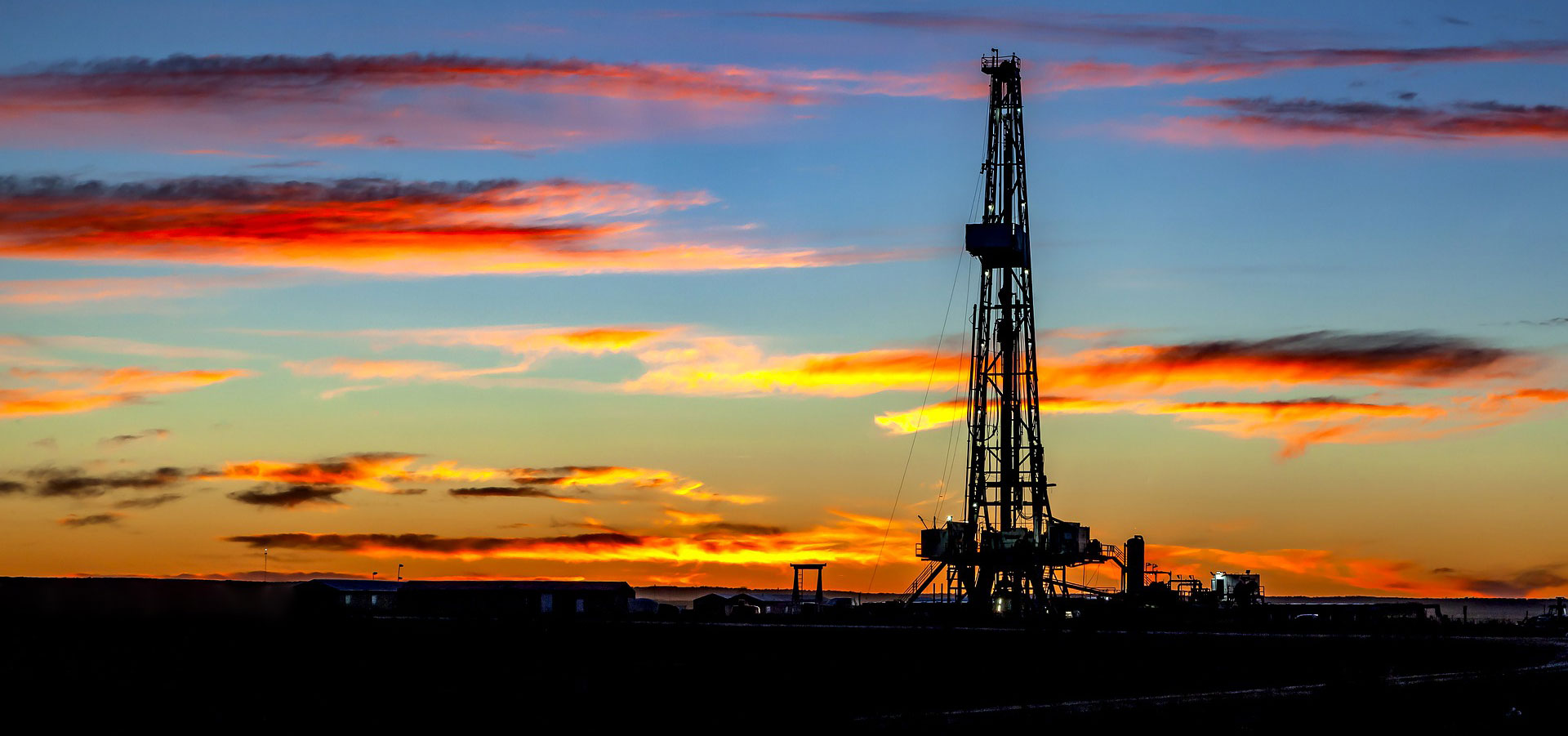The oil market flipped into contango in January, indicating an oversupply of the commodity. On January 30, while February futures were priced at $52.14, May Nymex crude settled at $52.23, creating a 9-cent per barrel contango. Since then, the 3-month contango has ballooned to a whopping $7.03 per barrel. With onshore storage becomes increasingly scarce, the volume of oil being stored on ships will continue to rise, delivering a once-in-a-generation opportunity for oil tankers.
There are now roughly 3 billion people in some form of a lockdown around the world, resulting in an unprecedented drop in global demand for jet fuel, gasoline and diesel. That alone would have been enough to send oil prices plunging, but Saudi Arabia's decision to start a price war with rival producers and flood the market with crude—just as U.S. output had hit a record—has made things a lot worse.
The occurrence of a supply surge in the midst of a demand shock has created such a pronounced structural imbalance that the world is awash in oil. An estimated 20 million barrels a day, one in five produced, isn't being consumed.
The Contango Opportunity
When the market for a storable commodity like oil is balanced, a contract for today's delivery will be priced higher than a contract for next month's delivery. The contract for next month's delivery has a lower price to account for the cost of storing and insuring the cargo until it is delivered to the buyer. The futures curve for a balanced oil market is therefore downward-sloping. When there's a surplus of oil, the futures curve flips into contango, whereby a contract for deferred delivery is priced higher than a nearby contract. This results in an upward-sloping forward curve.
Oil went into contango some time in January. On January 30, for example, while February futures were priced at $52.14, May Nymex crude settled at $52.23, creating a 9-cent per barrel contango. At April 1's close, crude futures for May delivery were trading at $21.20 while August futures settled at $28.18. This means the 3-month contango has ballooned from $0.09 per barrel to $7.03 per barrel in just a couple of months.
The biggest reason for this jump is skyrocketing storage costs.
In a deep contango market, like the one we are currently experiencing, a trader can make money by buying an oil contract at the discounted spot price and then selling for future delivery, which commands a higher price. As long as the price spread between the two contracts is greater than the cost of storage, the trader can make a profit. But, as that trade gets repeated, storage costs will invariably rise.
Many oil producers too have decided to put their oil in storage and wait for prices to go up before selling. All of that oil has to be stored somewhere. The same goes for oil importers who are taking advantage of low prices to top up their inventories. They too need to put the oil somewhere.
The sudden wave of storage demand by traders, producers and importers, and the limited storage capacity available globally are factors contributing to the surge in storage costs, both onshore and offshore. Massive storage tanks are filling up in locations as diverse as Italy and the United Arab Emirates; The most important storage areas in the United States were already half full in mid-March; Western Canada's 40 million barrels of storage is more than three quarters full. Meanwhile, the volume of oil stored on ships increased by 25% in March.
Data intelligence company Kpler has been using satellite images to calculate how much oil is on ships and in tank farms. Over a recent weekend, the company detected 10 million barrels of oil—about 10% of the world's daily consumption in normal times—flowing into storage facilities.
Consulting firm IHS Markit is predicting the world will run out of places to store oil in as little as three months. This is based on the supposition that inventories are set to increase by 1.8 billion barrels in the first half of 2020 and there are only 1.6 billion barrels of storage capacity still available.
A Winning Quarter for Oil Tankers
The growing oil glut is proving to be a "once-in-a-generation" opportunity for ships that are in the business of transporting as well as storing oil. Onshore storage is typically cheaper than floating storage. But as onshore space has become scarcer, demand has shifted towards floating storage, driving up prices in that segment of the shipping industry.
VLCC time charter rates for floating storage cost about $40,000 per day at the start of March. By the end of March, rates had tripled to $120,000 per day. The astounding thing is that, even at these freight rates, traders can still lock in a hefty profit if they buy oil at current prices.
The scramble for storage is just part of the story. Oil purchased by importers has to be transported to destination, and that has also contributed to the run on tankers. Reuters reports that freight rates for a VLCC or "Very Large Crude Carrier" along the Middle East Gulf to China route were assessed at about $180,000 a day toward the end of March, up from a daily rate of $90,000 earlier that month. If these rates can be sustained for a couple more months, 2Q 2020 could turn out to be one of the most profitable quarters in history for tanker owners.
How to Gain Exposure to Oil Tankers
The most popular vessel for long-haul trading and floating storage is the VLCC because it is capable of transporting up to 2M barrels of oil. The companies with the greatest concentration of VLCC fleets are DHT Holdings (DHT), Euronav (EURN), International Seaways (INSW) and Frontline (FRO).
Over the past month, their stocks have returned +38% for DHT, +21% for EURN, +20% for INSW, and +17% for FRO. In comparison, the S&P 500 has returned -17%.
Surging demand for VLCC is also firming up demand for midsize tonnage tankers such as Suezmax and Aframax vessels, which respectively hold about 1 million barrels and 750,000 barrels per ship. Some companies with strong exposure in this category include Nordic American Tankers (NAT), Teekay Tankers (TNK) and Diamond S Shipping (DSSI).
What Happens When Storage is Full
The upshot of the storage problem is that as space becomes harder to find, some producers will be forced to shut off wells which should provide some support for oil prices in the future. That's already starting to happen.
This content was delivered to McAlinden Research Partners clients on April 2. To receive all of MRP's insights in your inbox Monday - Friday, follow this link for a free 30-day trial.
McAlinden Research Partners (MRP) provides independent investment strategy research to investors worldwide. The firm's mission is to identify alpha-generating investment themes early in their unfolding and bring them to its clients' attention. MRP's research process reflects founder Joe McAlinden's 50 years of experience on Wall Street. The methodologies he developed as chief investment officer of Morgan Stanley Investment Management, where he oversaw more than $400 billion in assets, provide the foundation for the strategy research MRP now brings to hedge funds, pension funds, sovereign wealth funds and other asset managers around the globe.
[NLINSERT]Disclosure:
1) McAlinden Research Partners disclosures are below.
2) The following companies mentioned in this article are billboard sponsors of Streetwise Reports: None. Click here for important disclosures about sponsor fees. The information provided above is for informational purposes only and is not a recommendation to buy or sell any security.
3) Statements and opinions expressed are the opinions of the author and not of Streetwise Reports or its officers. The author is wholly responsible for the validity of the statements. The author was not paid by Streetwise Reports for this article. Streetwise Reports was not paid by the author to publish or syndicate this article. Streetwise Reports requires contributing authors to disclose any shareholdings in, or economic relationships with, companies that they write about. Streetwise Reports relies upon the authors to accurately provide this information and Streetwise Reports has no means of verifying its accuracy.
4) This article does not constitute investment advice. Each reader is encouraged to consult with his or her individual financial professional and any action a reader takes as a result of information presented here is his or her own responsibility. By opening this page, each reader accepts and agrees to Streetwise Reports' terms of use and full legal disclaimer. This article is not a solicitation for investment. Streetwise Reports does not render general or specific investment advice and the information on Streetwise Reports should not be considered a recommendation to buy or sell any security. Streetwise Reports does not endorse or recommend the business, products, services or securities of any company mentioned on Streetwise Reports.
5) From time to time, Streetwise Reports and its directors, officers, employees or members of their families, as well as persons interviewed for articles and interviews on the site, may have a long or short position in securities mentioned. Directors, officers, employees or members of their immediate families are prohibited from making purchases and/or sales of those securities in the open market or otherwise from the time of the interview or the decision to write an article until three business days after the publication of the interview or article. The foregoing prohibition does not apply to articles that in substance only restate previously published company releases.
McAlinden Research Partners:
This report has been prepared solely for informational purposes and is not an offer to buy/sell/endorse or a solicitation of an offer to buy/sell/endorse Interests or any other security or instrument or to participate in any trading or investment strategy. No representation or warranty (express or implied) is made or can be given with respect to the sequence, accuracy, completeness, or timeliness of the information in this Report. Unless otherwise noted, all information is sourced from public data.
McAlinden Research Partners is a division of Catalpa Capital Advisors, LLC (CCA), a Registered Investment Advisor. References to specific securities, asset classes and financial markets discussed herein are for illustrative purposes only and should not be interpreted as recommendations to purchase or sell such securities. CCA, MRP, employees and direct affiliates of the firm may or may not own any of the securities mentioned in the report at the time of publication.



























































